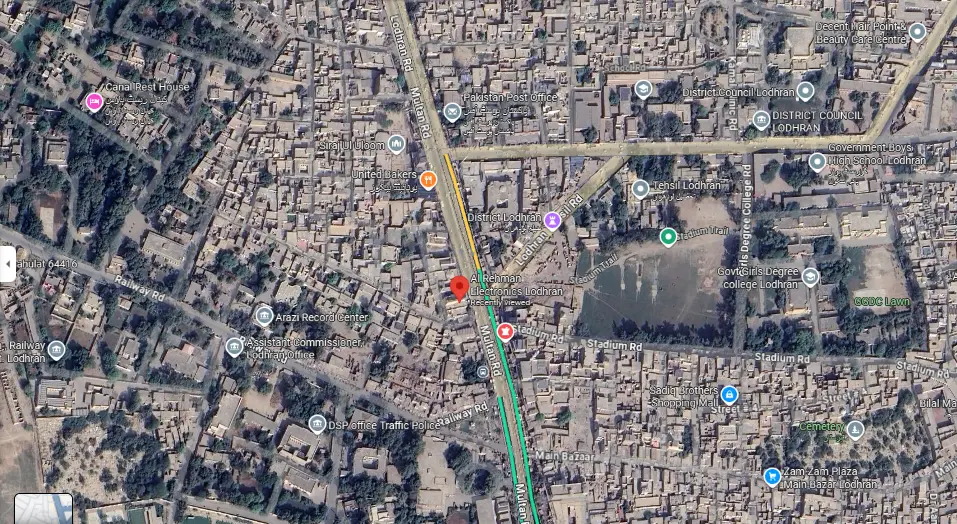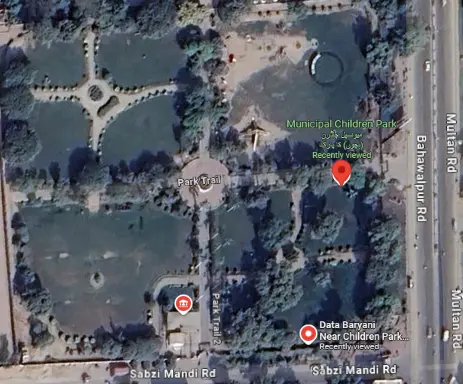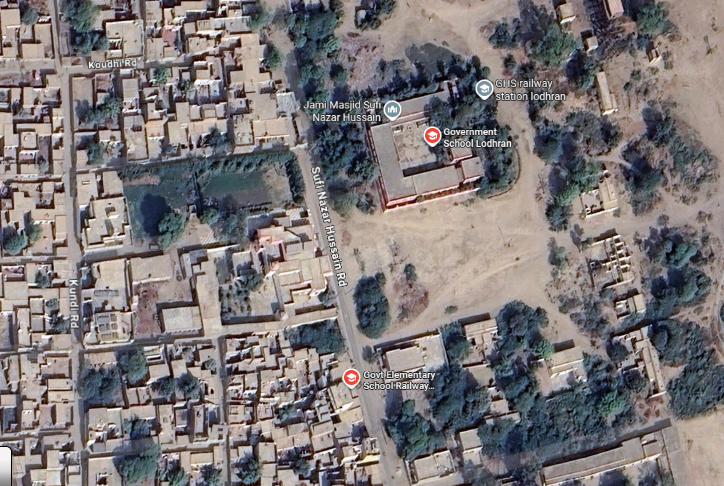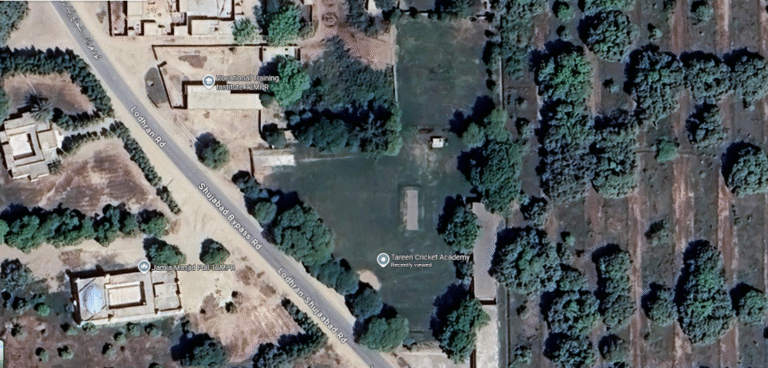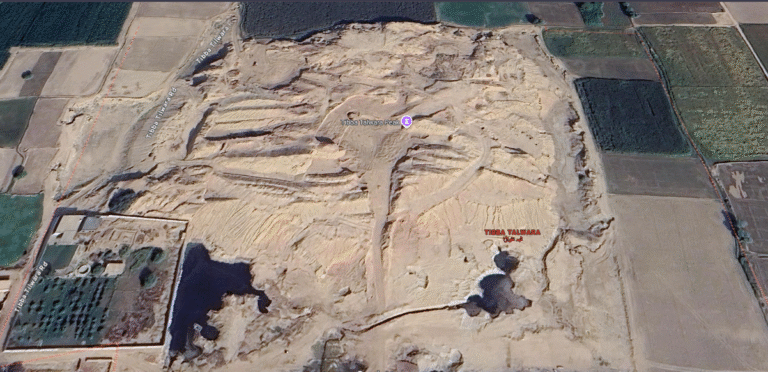The History of Lodhran, Punjab
Introduction – History of Lodhran
Lodhran, down in South Punjab, Pakistan, is really starting to make a name for itself these days. It’s right there by the Sutlej River, where the dirt is so good for growing stuff that it’s been a farmer’s paradise for ages. You’ve got endless cotton fields, mango trees loaded with the sweetest fruit, and markets that never seem to quiet down. But hey, it’s not all about the present—Lodhran’s got this long, winding history that shows how it turned into such a vital piece of Punjab’s puzzle, both culturally and in terms of making money.
Early Roots of Lodhran
Everything traces back to the land, doesn’t it? That Sutlej River has been quenching the thirst of these plains for who knows how long, making them perfect for crops like wheat, sugarcane, and especially cotton. Way back, before anyone bothered with official maps or districts, families here were tilling the soil just to get by, but they’d also swap what they had extra with people from surrounding areas. It kept everyone connected and fed.
And talk about prime real estate—sandwiched between Multan and Bahawalpur, it was like a mandatory rest stop for anyone on the move. Caravans would trudge through the villages, bringing in new ideas, foods, and even tweaks to the local lingo. From the very beginning, Lodhran felt like this cozy spot built on sweat from the fields and the thrill of a good trade. If you look closely, the history of Lodhran is written in its fields, where families once grew just enough to survive but built connections through trade. Those early exchanges of crops, stories, and culture laid the foundation for the history of Lodhran as a community built on both survival and connection.
Lodhran Under Mughal Rule
When the Mughals were at their peak, ruling over the whole subcontinent, they poured a lot into making farming better with irrigation and all that. Lodhran wasn’t some grand city with emperors lounging around, but it did its part by churning out grains and cotton for the urban crowds nearby. Those hardworking farmers were quietly keeping the empire’s belly full.
The Mughals sprinkled their influence everywhere, too—from fancy building styles that popped up here and there to arts and customs that blended into daily life. People stayed close to the earth, farming away, but they were hooked into this bigger network of trade and culture that defined Punjab back then.
British Period and the Rise of Agriculture
Enter the British era, and things got a real shake-up. They laid down railway tracks cutting through the countryside and built canals that made irrigation reliable, no more depending on fickle rains. Cotton became the golden ticket, exploding in production and putting Lodhran front and center as one of Punjab’s top spots for it.
Farmers could finally send their harvests off to far-flung markets without it being a huge hassle. That’s when more solid markets started forming, with shops that weren’t just temporary setups. It planted the seeds for the kind of bustling trade scene Lodhran has going on now.
Lodhran Becomes a District
For the longest stretch, Lodhran was basically an extension of Multan, tucked under its wing as part of that district. But in 1991, it broke free and got its own status. Man, that must’ve been a game-changer—suddenly, they could focus on their own needs, like beefing up schools, fixing roads, and sorting out local governance without the red tape from elsewhere.
Now, it’s divided into three tehsils: Lodhran, Dunyapur, and Kehror Pakka. Each one’s got its quirks, but the city proper is still the hub where all the admin and business magic happens. Getting district status in 1991 was the biggest event in the history of Lodhran, setting the stage for its own growth and identity.
Lodhran Today
Fast forward to now, and Lodhran’s this lively mix of farming roots and modern hustle. Cotton remains the big earner, keeping families afloat and feeding into bigger industries. Don’t get me started on the mangoes—those orchards produce stuff that’s legendary, shipped all over Pakistan and beyond.
The markets are a whirlwind: bazaars crammed with everything from fresh produce to the latest gadgets. Education and health services are on the upswing, with better schools and clinics making a real difference. And being on that main road between Multan and Bahawalpur? It draws in all sorts of people, turning it into a mini crossroads for trade and travel.
Famous Places and Landmarks in Lodhran
No chat about Lodhran would be complete without tipping a hat to its standout spots that draw folks in or hold local pride. Take Kanjo Hall, for starters—it’s this key venue right in the heart of the city, built back in 1995 and named after the late politician Saddique Khan Kanju. It’s where all sorts of events go down, from cultural shows and public gatherings to seminars on everything from farming tips to social issues. Whether it’s handing out green tractors to locals or hosting awareness talks, Kanjo Hall’s like the community’s living room, buzzing with activity and bringing people together for important stuff.
Then you’ve got other gems scattered around: Nishat Park offers a peaceful green escape for picnics and strolls, while the Municipal Children Park is a hit with families looking for playground fun. Sports fans head to the Lodhran City Cricket Stadium for matches that get the crowds cheering. There’s the historic Lodhran Fort, whispering tales from older times, and the ancient Mandir in Kehror Pacca that’s over 200 years old, standing as a nod to the area’s diverse past. Don’t miss Javed Manzil for a peek into local architecture, or Super Chowk for that everyday hustle. Religious sites like the Salana Ijtimaa Gah Tanzeem E Islami host big spiritual events, and even spots like Maleeka’s Marquee add a touch of elegance for weddings and parties. These places aren’t just dots on a map—they’re what give Lodhran its unique flavor, blending history, fun, and faith.
Community and Culture
Change is constant, but Lodhran’s kept that warm, traditional feel intact. Folks here are the type to welcome you with open arms and a hot cup of tea, no questions asked. Hard work’s just part of the deal, handed down through families, and those little shops? Often run by the same clan for generations, which builds this unbreakable trust.
Festivals crank up the energy—think Eid celebrations packing the streets or agricultural fairs with folk tunes and treats. It’s all about that community vibe, tying together the daily grind in the fields with the simple joys of gathering and sharing stories.
Lodhran’s Role in South Punjab
South Punjab’s full of unique spots: Multan’s famous for its spiritual shrines that draw crowds, Bahawalpur’s got those opulent palaces from princely days. Lodhran stands out for its rich soil and that entrepreneurial spark in trading. The cotton it produces powers Pakistan’s textile mills, and those mangoes? They bring a taste of summer to folks everywhere.
It’s not the flashiest place, but Lodhran’s quiet reliability keeps the whole region humming along. Shows you that even the less-hyped areas can play a massive role in the bigger economic picture.
Markets and Businesses in Lodhran
In the past 30 years, business has really taken off here. Wander into Sadar Market or down Main Multan Road, and you’re hit with a sea of shops selling household stuff, shoes, electronics—you name it. The best part? These aren’t faceless chains; they’re run by locals who’ve been there forever, earning loyalty through fair deals and familiarity.
That personal touch is what makes Lodhran’s business world tick—it’s like shopping with friends who know exactly what you need.
A Local Example: Al Rehman Electronics – History of Lodhran
You can’t chat about Lodhran’s shops without giving a nod to Al Rehman Electronics, right there in Sadar Market on the main multan road. It’s a family operation through and through, with over 46 years in retail.
They stock trusted names like PEL, Dawlance, and Orient, and they don’t skimp on the extras—warranties, repairs, the works. As Lodhran evolved from a sleepy farming area to a full district, this place grew with it, serving up reliable gear at prices that don’t sting. Whole families have been loyal customers for years, and it’s easy to see why.
Conclusion- History of Lodhran
Lodhran’s past is a lot like the Sutlej—steady, nourishing, and always moving forward. From feeding Mughal cities to thriving under British rails and canals, then stepping up as its own district in ’91, it’s been a story of gradual wins.
These days, it’s a spot where vast fields bump up against vibrant streets, holding onto traditions while grabbing new chances. Stroll through its markets or under the mango trees, and you feel Punjab’s tough, hopeful heart. For outsiders, it’s a hidden treasure; for those who call it home, it’s a living, breathing legacy that keeps unfolding.

